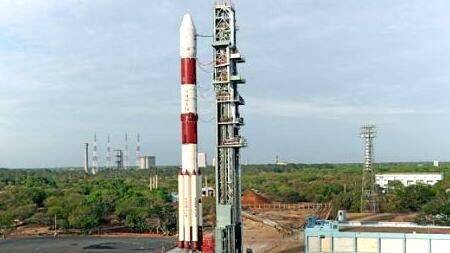

THIRUVANANTHAPURAM: The Polar Satellite Launch Vehicle (PSLV), which has brought global recognition and fame to ISRO and India, will be manufactured in the private sector starting this year.
The first test launch is likely to take place in September, after which the rockets will be used for regular launches. A total of five PSLV rockets will be built this year. The manufacturing will be handled by a consortium comprising Hindustan Aeronautics Limited (HAL) and Larsen & Toubro (L&T).
With ISRO shifting its focus to large-scale space missions such as the space station and Gaganyaan, satellite launches are being privatized to ensure continued efficiency.
PSLV is India's third-generation launch vehicle. Before PSLV, India relied on rockets purchased from Russia for satellite launches. However, in 1993, India developed its own launch vehicle, and since 1994, PSLV has been used for regular satellite launches. So far, 61 PSLV missions have been conducted, of which 59 were successful, making PSLV one of the most reliable rockets in the world.
The PSLV, which has a cylindrical shape, stands 44 meters tall and has a diameter of 2.8 meters. It consists of four stages—the first and third stages use solid fuel, while the second and fourth stages use liquid fuel. The fourth stage houses the satellites. The PSLV is capable of carrying multiple payloads and placing them into orbit.
World record in satellite launches
On February 15, 2017, PSLV-C37 set a world record by launching 104 satellites into space from the Satish Dhawan Space Centre in Sriharikota. Earlier, the PSLV played a crucial role in two major space missions—Chandrayaan-1 in 2008 and Mangalyaan in 2013—both of which were significant milestones. With the capability to carry satellites weighing up to 1,750 kg, the PSLV can place them in an orbit as high as 600 kilometres above Earth.